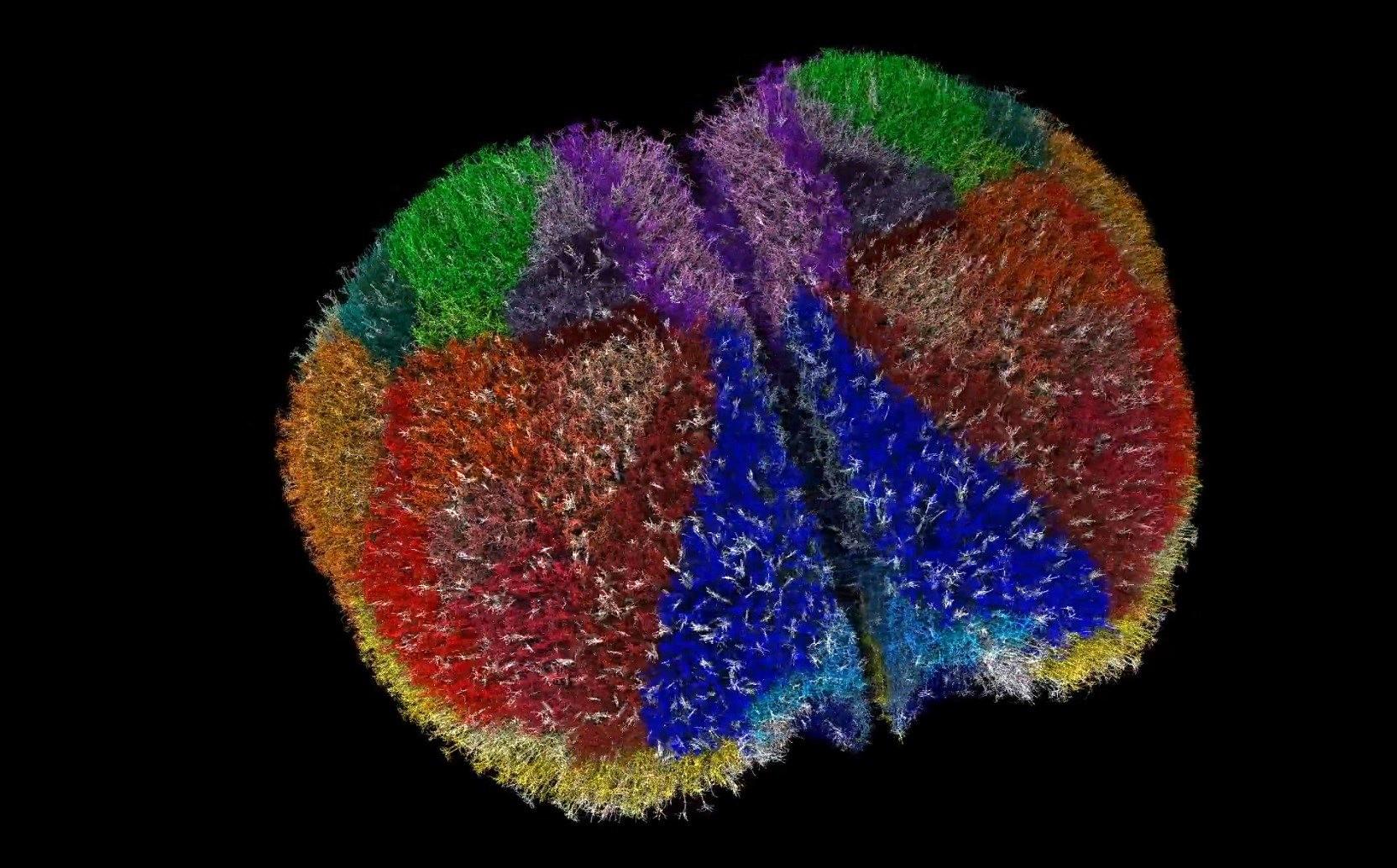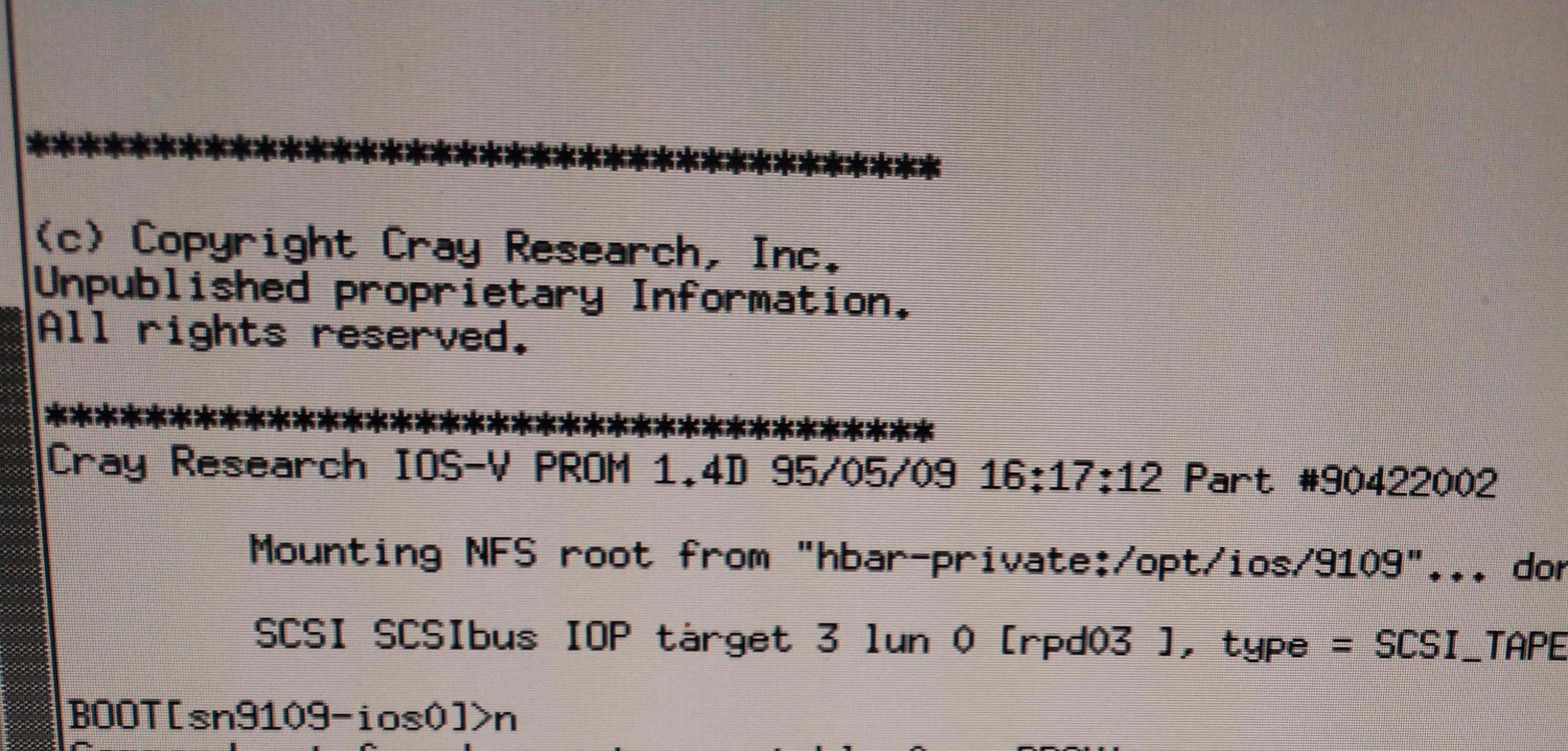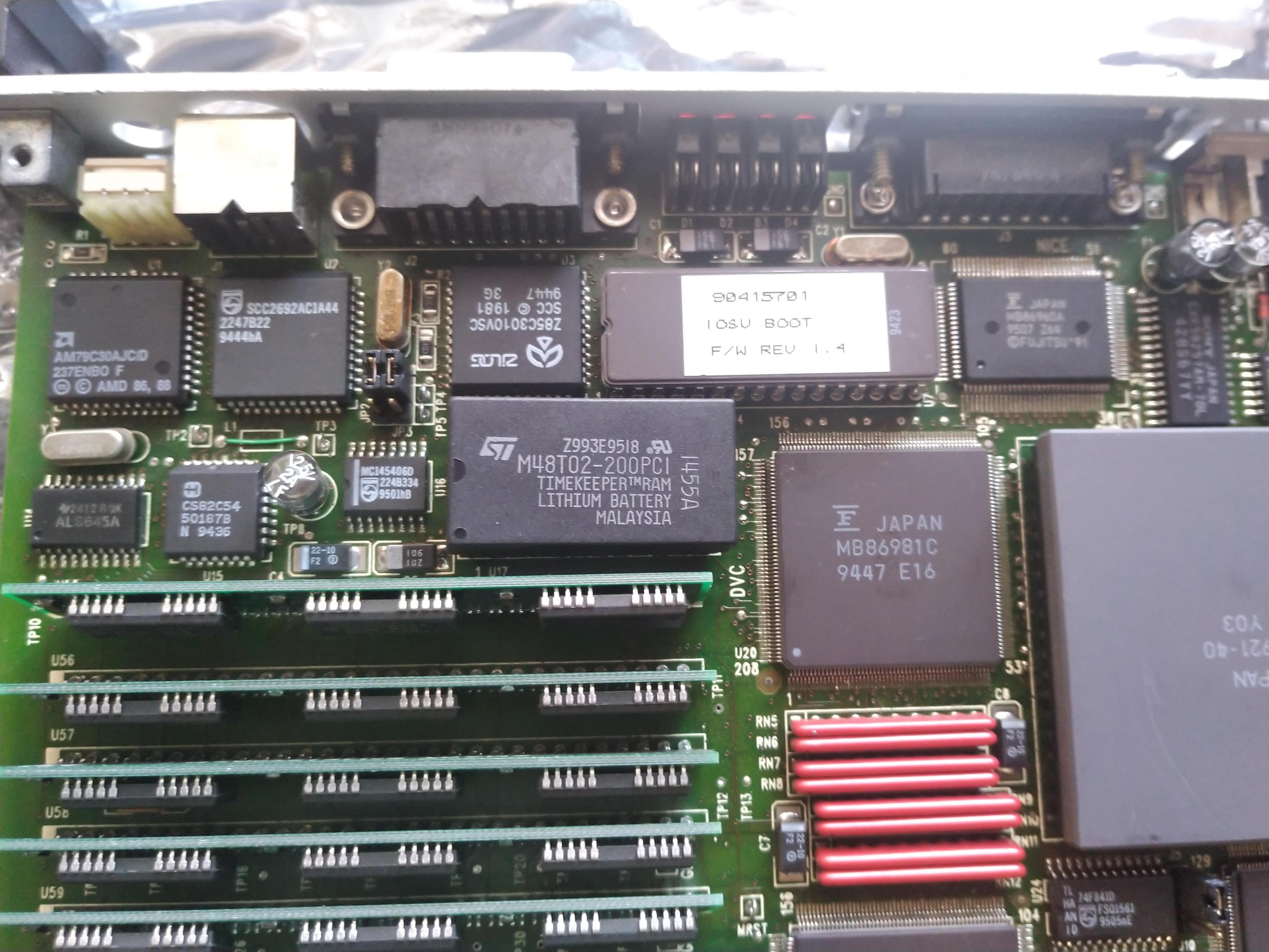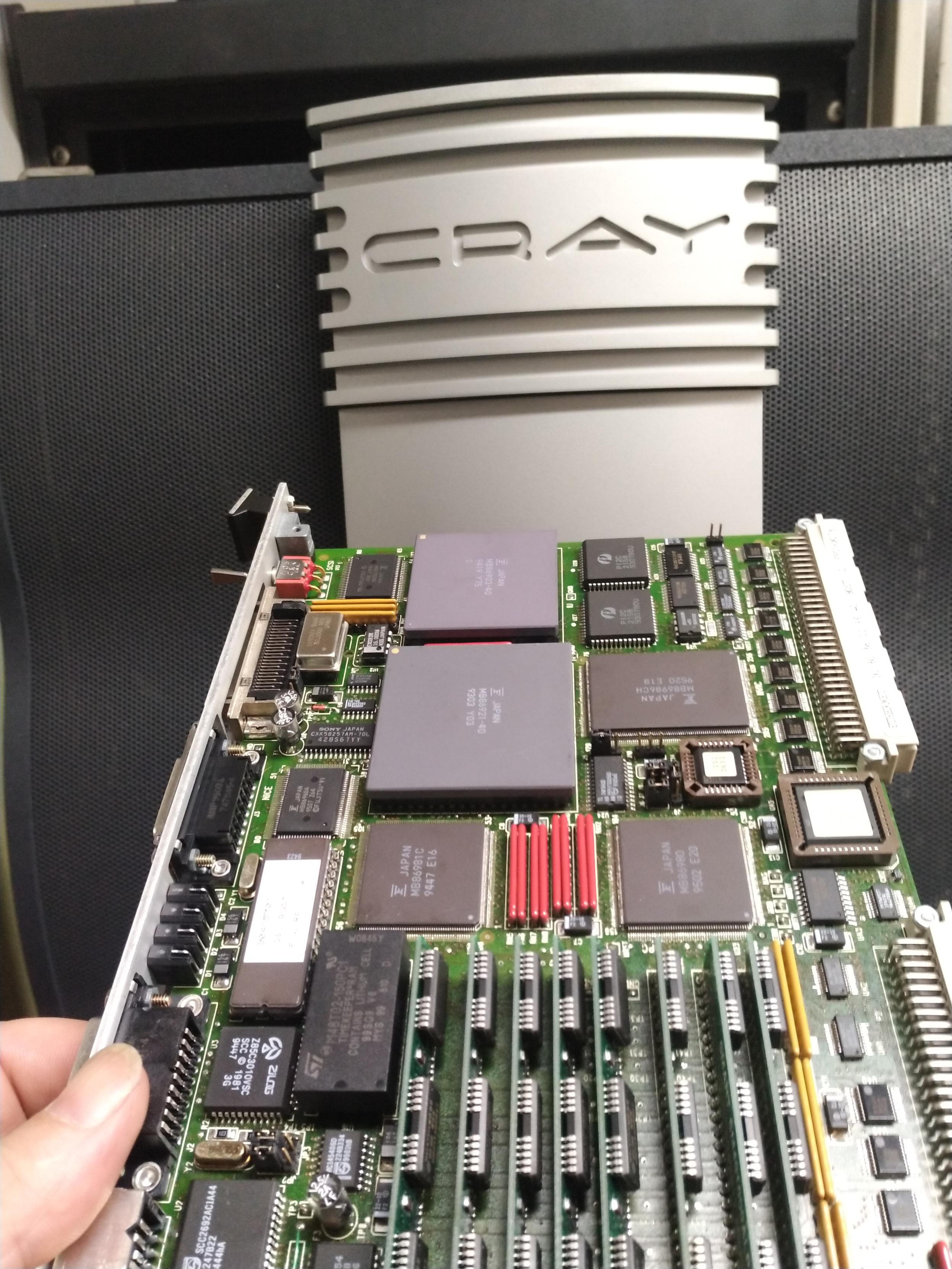IBM-Chef hält aktuellen KI-Bauwahn für nicht tragbar
Das Wettrüsten zwischen Hyperscalern verschlingt Billionen US-Dollar. IBM-CEO Arvind Krishna hinterfragt, wie wirtschaftlich das ist.
#IBM #IT #KünstlicheIntelligenz #Supercomputer #Wirtschaft #news



